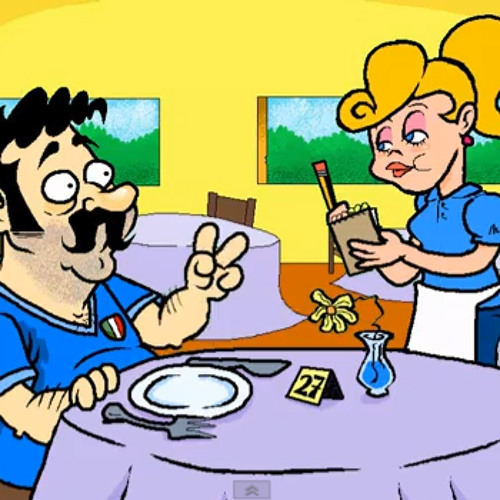

As Malta needs a new photo-reconnaissance pilot, Ross is transferred to Malta Command.

His Hudson transport plane lands during an air raid and is destroyed after landing. The character was very loosely based on Adrian Warburton, a photo-reconnaissance pilot who flew from Malta for three years and had an affair with a cabaret dancer named Christina Ratcliffe (see box opposite).Īt the beginning of the film, Ross arrives in Malta en route to Egypt. By the early 1950s, he was best known to audiences for his roles in Ealing comedies, including Kind Hearts and Coronets (1949), in which he plays nine separate characters, and The Lavender Hill Mob (1951).īut Guinness wanted to play a more serious and glamorous role – and the part of Ross offered exactly that. Originally a stage performer, Guinness had successfully made the transition into movies after the war. Serious roleĪlec Guinness lobbied to play the central role of Flight Lieutenant Peter Ross. Even today, only the occasional model shots look cheap and unconvincing. Original footage shot on the island during the siege was combined with newly originated footage to add to the authentic sense of location.
#THE ITALIAN MAN WHO WENT TO MALTA SCRIPT ARCHIVE#
He had worked for the Ministry of Information during the war and had directed the hit Theirs is the Glory (1946) about Arnhem, using many Paras from the original battle.įilming took place on the island of Malta and at Pinewood Studios, with cinematographer Robert Krasker using the style of black-and-white newsreels and archive film to create an almost documentary feel. Thorold Dickinson was replaced by Brian Desmond Hurst as director. Nigel Balchin, a hugely popular wartime novelist, was brought in to reconfigure the script.

They formed a company with producer Peter de Sarigny, called Theta Films, to make the movie, which they intended to call The Bright Flame.īut there were financial problems, and when J Arthur Rank agreed to fund production, he asked for substantial changes. Thorold Dickinson, one of the leading British directors of the day (Gaslight, 1940, and The Next of Kin, 1942) prepared to direct. William Fairchild wrote a script based around an affair between a British photo-reconnaissance pilot and a Maltese woman.

While it tells something of the suffering facing the Maltese people, it is primarily a film about Britain at war – with the island as a backdrop. This highlights the film’s greatest strength and also its greatest weakness. The siege of Malta was suggested as a good way to illustrate this. Its strategic position, as a staging post between Gibraltar and Egypt, its importance as both a Royal Navy and RAF base, and the ability of aircraft flying from the island to strike at Sicily, mainland Italy, and much of the North African theatre of war gave the tiny outcrop in the blue waters of the Mediterranean a central and heroic role in the war from 1940 to summer 1943.įive years after the Allied victory, the Central Office of Information decided to encourage the making of a film to promote the combined operation of the three armed services. However, the island survived this long siege by Italian and German forces and played an important role in turning the tide of war in the Mediterranean. Nearly 1,500 Maltese civilians were killed in the raids and 24,000 properties were damaged or destroyed, including a high proportion of the islanders’ homes. Between then and November 1942, there were 3,215 raids and 14,000 tonnes of bombs were dropped on Malta and Gozo, averaging just under 100 tonnes per square mile, although much of the bombing was concentrated on the dockyards of Valletta and on the island’s three major airfields. The first air raid on the island took place seven hours after Italy entered the war in June 1940. In the spring of 1942, Malta had the dubious distinction of being the most-bombed place on earth.


 0 kommentar(er)
0 kommentar(er)
